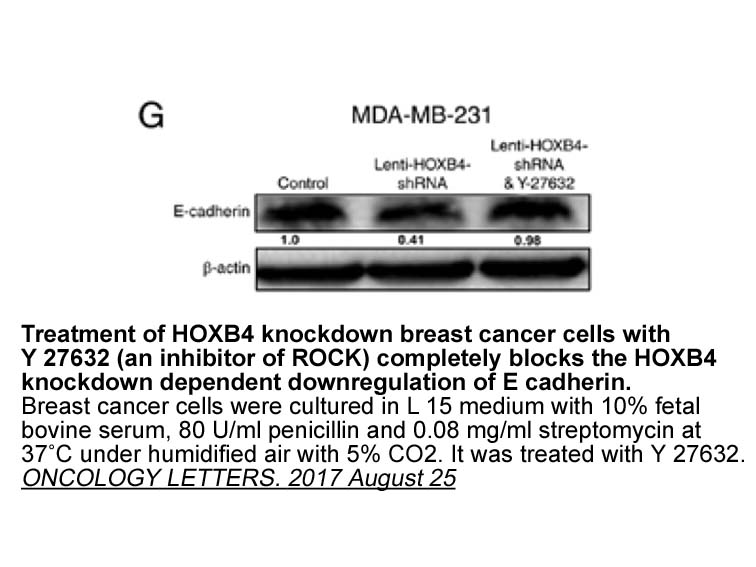Archives
The overall characteristic of RNA
The overall characteristic of RNA profile of Leydig cell is still a mystery. Variation in total RNA will cause subsequent difference in protein expression and phenotypic modulation [16]. In this study, we used a murine nicotine exposure model coupled with next generation RNA sequencing (NGS) and found that nicotine inhibited Leydig cell differentiation and maturation by inhibiting the Hedgehog signal pathway.
Materials and methods
Results
Discussion
Nicotine causes male reproduction disorders via different mechanisms [[5], [6], [7], [8], [9]]. As the androgen secreting cells, Leydig 2665 play important roles in response to nicotine challenging while the phenotypes and mechanisms of these effects still remain unclear.
In this study, nicotine was found to inhibit Leydig cell differentiation and maturation via changing the expression of Hedgehog proteins. As shown in Supplementary Fig. 2 [34], PTCH1 is both the receptor of DHH and target gene of Hedgehog signaling. With DHH, SMO will keep Gli (Gli2, Gli3) protein in full length which can activate target genes of Hedgehog signaling pathway [24]. Without DHH, Gli2 and Gli3 will go through ubiquitination and degradation which is carried out by β-TrCP (FBXW11). GSK3β phosphorylates Gli protein in this process [25]. For Gli2, the processing and destabilization will cause the reducing of target gene activation [26]. While for Gli3, the degradation will cause inhibition of target genes of Hedgehog signaling pathway [27].
According to both western blot and RNA sequencing result, the stabilization of Gli2, which is the key gene regulating protein, was reduced after nicotine treatment. As the activator of Hh pathway target genes, Gli2 degraded and thus inhibited the target gene activation. PTCH1, one of the target genes was reduced as well. Dhh signaling pathway positively regulates the Leydig cell differentiation [12]. The reducing of target gene activation of Leydig cells induced subsequent decreasing of the rate of Leydig cell differentiation and maturation. The elevated quantity of immature Leydig cell resulted in reduction of INSL3 expression level and increasing of DLK1 expression level. Thus, nicotine inhibits Leydig cell differentiation and maturation via inhibiting Hedgehog signaling pathway especially by inducing destabilization of Gli2. The down regulating in maturation rate of Ledig cell would cause reducing of testosterone secretion, thus influencing male reproduction. In this process, PTCH1 expression level was reduced. But it also acted as the inhibitor of SMO which could keep Gli proteins in full length. DHH combines with PTCH1 to relieve the inhibition to SMO [25]. One of the reason why Gli2 degradation was still increased is that Hh-Gli pathway induces the transcription of Ptc, forming a negative feedback [28]. This may be the self-protect mechanism in cells to keep homeostasis. The expression level of β-TrCP is reduced but the degradation of Gli2 is increased. The reducing of β-TrCP expression might be caused by negative regulation.
Gli2 degraded fragments can be considered as the weak inhibitor of Hh signaling target genes [26]. But Gli3 degraded fragments are the more powerful inhibitors of the target genes [27]. In this study, RNA sequencing revealed that Gli3 expression was reduced after nicotine treatment. Hh signaling pathway was a complex network and these may be regulated by crosstalk between these pathways.
Inhibition of Leydig cell differentiation was not the only reason of reducing in mature Leydig cell quantity. In general conditions, ALCs barely went death or turn over. But nicotine induces Leydig cell autopha gy [9]. The SLCs in adult mice testes can differentiate into ALCs [29] and this process is inhibited by nicotine-induced disruptions in Hedgehog signaling pathway. The androgen secreting of the mature Leydig cells further reduces.
Bio-informatics analysis revealed 7 remarkably changed pathways in Leydig cells between CT and NT groups: metabolic pathways, intestinal immune network for IgA production, pantothenate and CoA biosynthesis, Influenza A, Hedgehog signaling pathway, Hippo signaling pathway and circadian rhythm. Besides Hedgehog signaling pathway, Hippo signaling pathway can inhibit cell development as well. Hippo signaling is the main pathway which can control the size of organs via regulating the cell proliferation and cell apoptosis [30]. The phosphorylated YAP by activated Hippo would inhibit the target genes of Hippo. The activated YAP causes certain cell proliferation [31]. The abnormal activation of Hippo also means possibility of cancer [32]. Hippo signaling could be another regulating pathway of Leydig cell quantity in mice testes.
gy [9]. The SLCs in adult mice testes can differentiate into ALCs [29] and this process is inhibited by nicotine-induced disruptions in Hedgehog signaling pathway. The androgen secreting of the mature Leydig cells further reduces.
Bio-informatics analysis revealed 7 remarkably changed pathways in Leydig cells between CT and NT groups: metabolic pathways, intestinal immune network for IgA production, pantothenate and CoA biosynthesis, Influenza A, Hedgehog signaling pathway, Hippo signaling pathway and circadian rhythm. Besides Hedgehog signaling pathway, Hippo signaling pathway can inhibit cell development as well. Hippo signaling is the main pathway which can control the size of organs via regulating the cell proliferation and cell apoptosis [30]. The phosphorylated YAP by activated Hippo would inhibit the target genes of Hippo. The activated YAP causes certain cell proliferation [31]. The abnormal activation of Hippo also means possibility of cancer [32]. Hippo signaling could be another regulating pathway of Leydig cell quantity in mice testes.